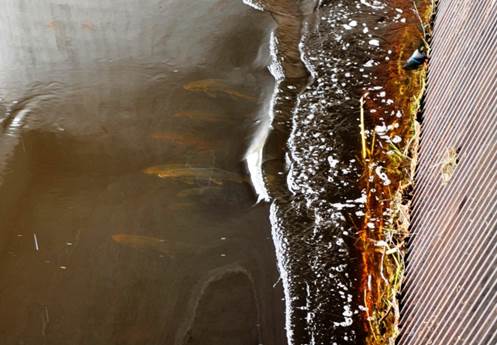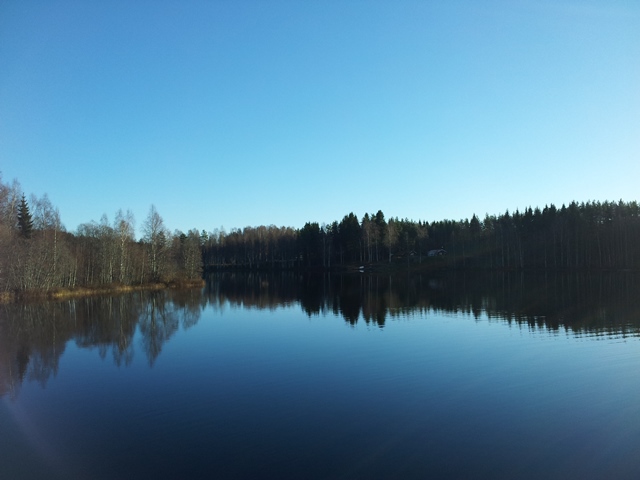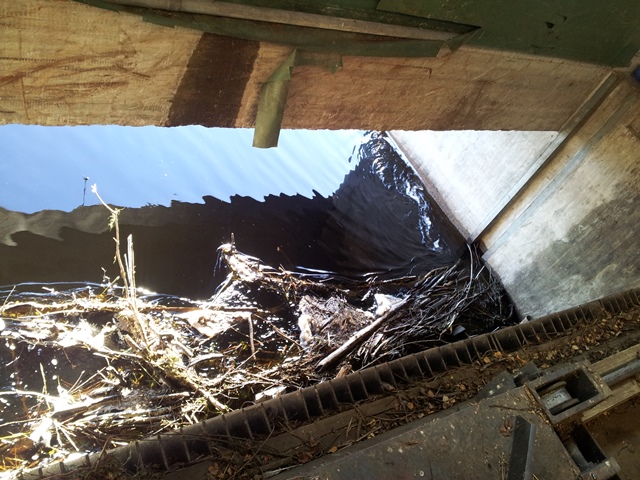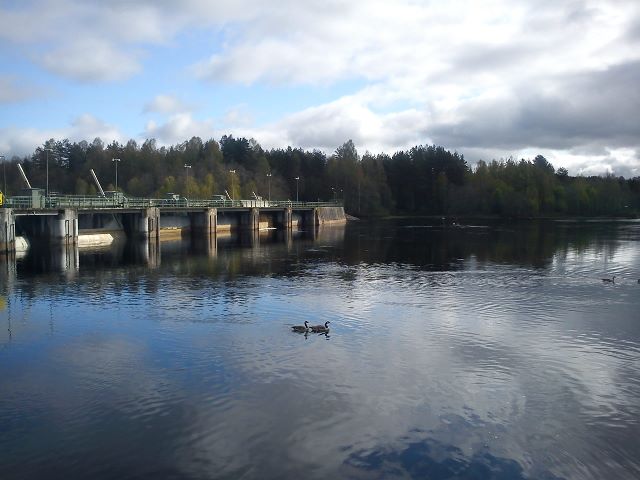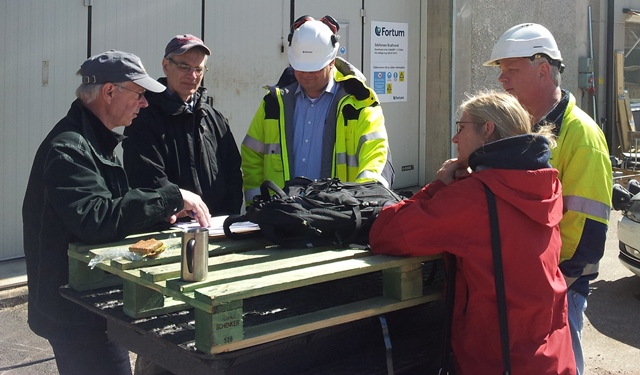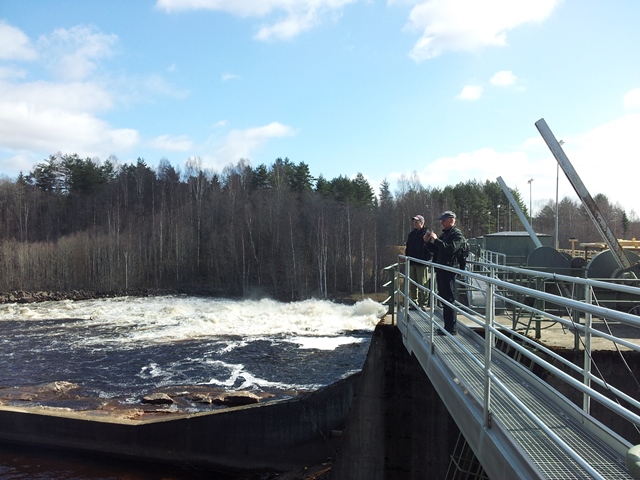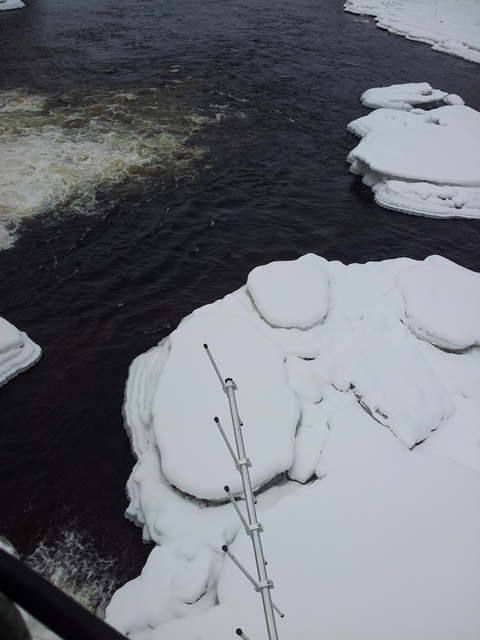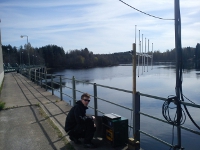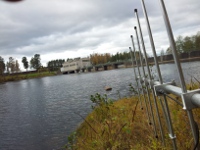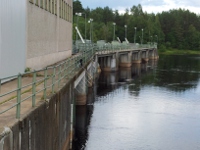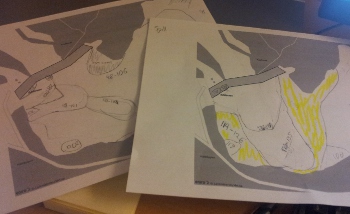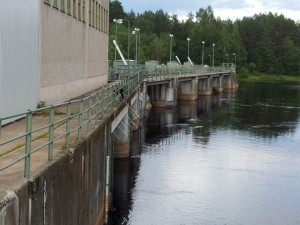Paper: Intake Approach and Dam Passage by Downstream-migrating Atlantic Salmon Kelts
Posted by Daniel Nyqvist | Projekt Klarälven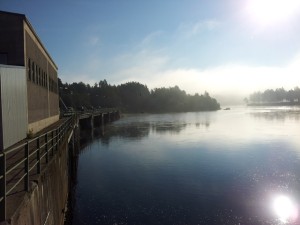
The study focused on the behavior of kelts at the Edsforsen dam – the first dam that the downstream migrating kelts encounter.
The scientific paper “Intake Approach and Dam Passage by Downstream-migrating Atlantic Salmon Kelts” by Daniel Nyqvist, Eva Bergman, Olle Calles, and Larry Greenberg was recently published in River Research and Applications. The paper presents a study on the behavior of downstream migrating kelts in the River Klarälven, Sweden. In the abstract the authors write:
“Studying fish behaviour at hydropower dams is needed to facilitate the design and improvement of fish passage solutions, but few studies have focused on Atlantic salmon kelts. Here, we used radio telemetry (n = 40, size range = 50–81 cm) and acoustic sonar to study kelt movements in the forebay as well as their dam passage survival and subsequent migration success past multiple dams. We also compare radio telemetry and acoustic sonar observations of fish behaviour and used acoustic sonar to measure the depth distribution of fish approaching the turbine intake zone. Passage success at the dam was 41%, and mortality was largely associated with turbine passage (62%). The two fish that passed via the spill gates survived and continued their downstream migration. At the dam, all but one radio-tagged kelt approached the intake zone shortly after arrival to the forebay, and sonar data showed that approaching fish were predominantly surface oriented (72%, 88% and 96% of the observations were less than 1, 2 and 3 m deep, respectively). Turbine passage rate from the intake zone was higher at night than at day, indicating that the lack of visual cues may reduce the barrier effect of the 70-mm conventional trash rack. Turbine passage rate also increased with increasing hydropower generation. The percentage of observed upstream movements away from the intake zone compared with the total number of observations was considerably greater in the radio telemetry data (41%) than in the sonar data (4%). Only one fish survived passage of all eight hydropower dams to reach the lake. This low-passage survival underscores the need for remedial measures to increase the survival of migrating kelts, and the fish’s surface orientation as well as their rapid approach to the intake rack should be taken into account when designing such measures.”
Read the paper here. If you don’t have access to the journal’s content, email any of the authors.



